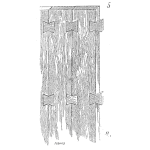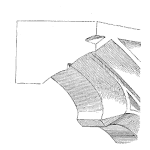
My Subaru Forester keeps serving up inspiration when it comes to Maintenance and Reliability. On my way to work, my Low Fuel Light illuminated. I had a choice…stop for gas and make it to work…OR…ignore it and get stuck on the side of the road? A no-brainer, right? Then why, in the Maintenance and Reliability world, do we often find ourselves stuck on the proverbial “side of the road?” [Read more…]












